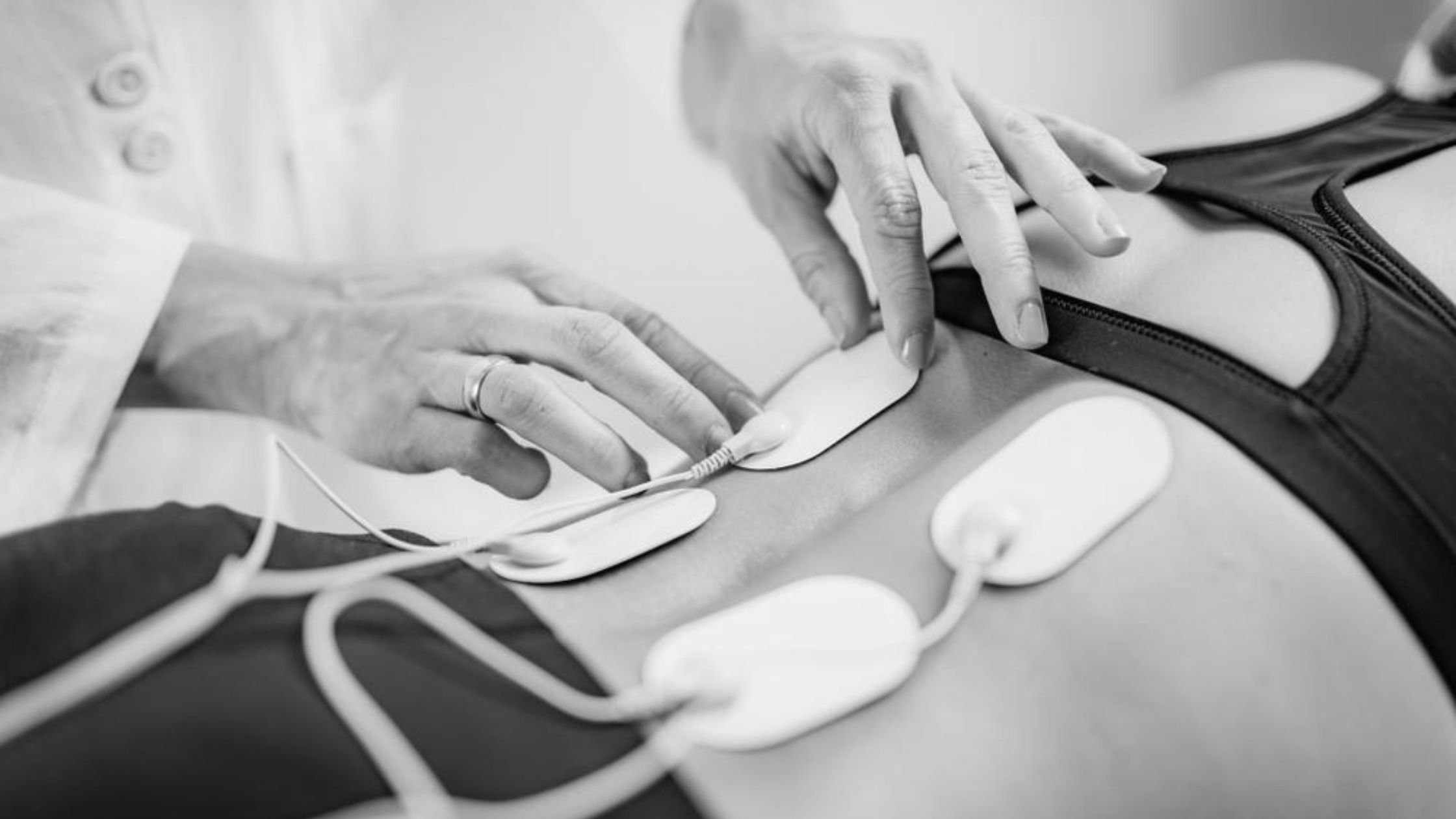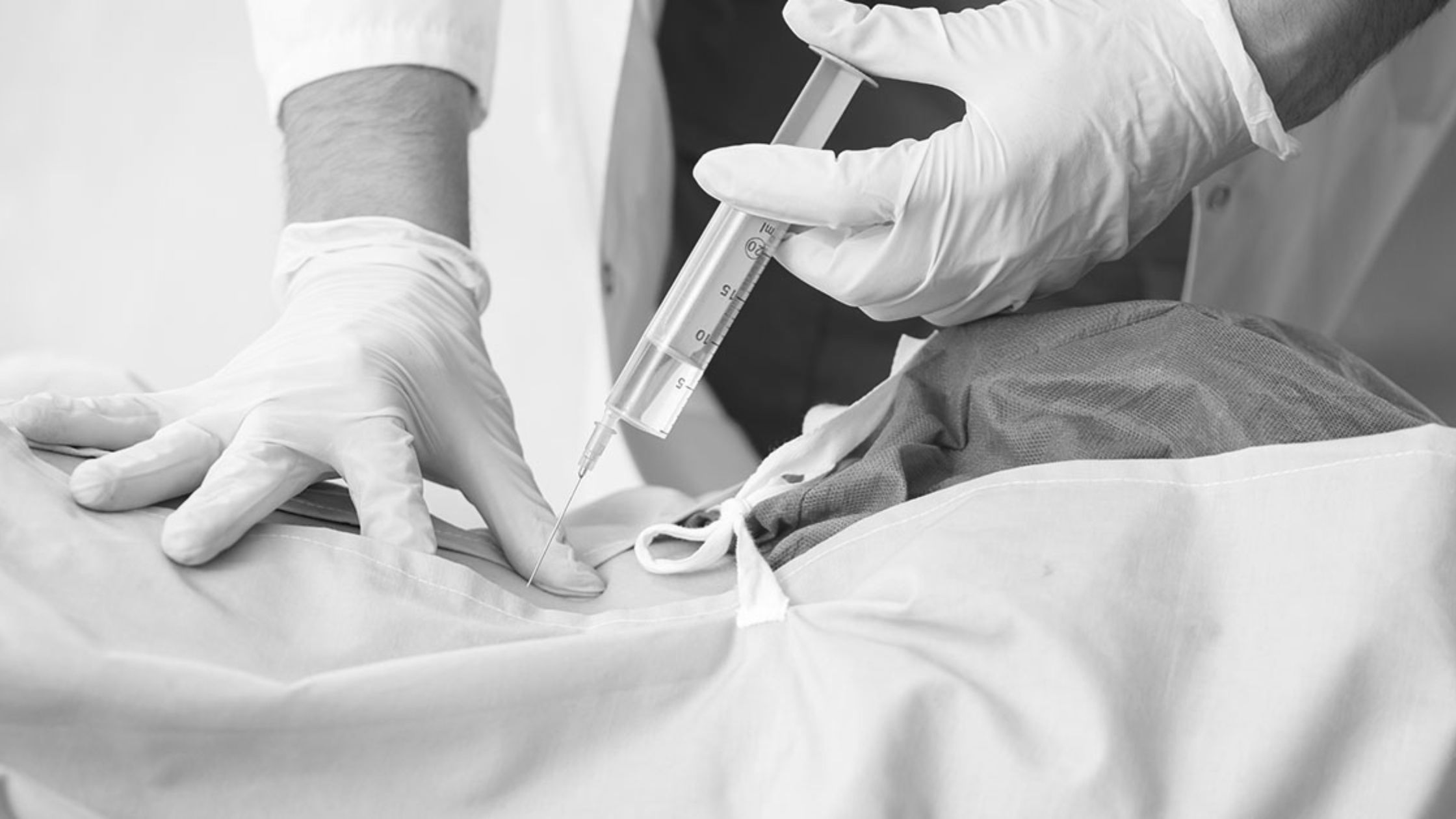Platelet-Rich Plasma (PRP) therapy is an innovative treatment gaining popularity for its ability to aid in pain relief and promote healing, particularly in musculoskeletal conditions. It leverages the body’s natural healing powers to help reduce inflammation, repair damaged tissues, and alleviate pain. Here’s a closer look at how PRP works and how it can benefit individuals dealing with chronic pain or injuries.
What is Platelet-Rich Plasma (PRP)?
PRP is a concentration of platelets derived from your own blood. Platelets are tiny blood cells that play a crucial role in clotting and healing. PRP is created by drawing a small amount of blood from the patient, processing it in a centrifuge to concentrate the platelets, and then injecting this concentrated plasma into the area of pain or injury. This process enhances the body’s natural ability to repair itself.
The Science Behind PRP for Pain Relief
PRP works by using growth factors and healing proteins that are abundant in platelets. When injected into damaged tissues, these growth factors stimulate the body’s natural healing processes. The primary mechanisms through which PRP helps with pain relief include:
- Stimulating Tissue Repair: Platelets release growth factors that encourage the repair and regeneration of damaged tissue, such as tendons, ligaments, and muscles. This accelerates the healing process and can reduce pain caused by injury or degeneration.
- Reducing Inflammation: Chronic inflammation is a common cause of pain in conditions like arthritis or tendinitis. The growth factors in Platelet-Rich Plasma help reduce this inflammation, providing relief and improving mobility.
- Promoting Collagen Production: Collagen is essential for tissue repair and regeneration. PRP promotes the production of collagen, which supports the healing of tendons, muscles, and joints, leading to improved function and less pain.
- Increasing Blood Flow: PRP helps enhance blood circulation to the treated area, bringing in essential nutrients and oxygen that speed up recovery and minimize discomfort.
Common Conditions Treated with PRP
PRP therapy is commonly used for treating various musculoskeletal conditions, including:
- Chronic Tendon Injuries (e.g., Achilles tendonitis, tennis elbow)
- Osteoarthritis (especially in the knee, shoulder, and hip)
- Sports Injuries (sprains, strains, and tears)
- Chronic Back Pain
- Plantar Fasciitis
- Joint Pain
Benefits of PRP for Pain Relief
- Minimally Invasive: Platelet-Rich Plasma therapy is a non-surgical treatment that requires only an injection, making it a less invasive alternative to traditional surgeries.
- Short Recovery Time: Most patients experience minimal downtime and can return to normal activities within a few days, unlike surgical options which may require weeks of recovery.
- Reduced Dependence on Pain Medications: It helps alleviate pain through natural healing, many patients experience significant relief without relying on long-term use of pain medications or steroids.
- Personalized Treatment: Since PRP is derived from your own blood, the risk of adverse reactions is minimized, making it a safe and effective treatment option for many individuals.
What to Expect During PRP Therapy
The Platelet-Rich Plasma procedure is typically performed in a medical setting and takes about 30 minutes to an hour. After the blood is drawn, the plasma is processed, and the concentrated platelets are injected into the area of pain. You may experience some soreness at the injection site, but this usually subsides within a few days. The healing process continues over the next few weeks as the growth factors stimulate tissue repair.
Final Thoughts
Platelet-Rich Plasma therapy offers a promising solution for individuals suffering from chronic pain or injuries. By harnessing the body’s natural healing abilities, PRP can help reduce inflammation, repair damaged tissues, and provide long-term pain relief without the need for invasive surgery or prolonged medication use. Always consult with a medical professional to determine if PRP is the right treatment option for your specific condition.





